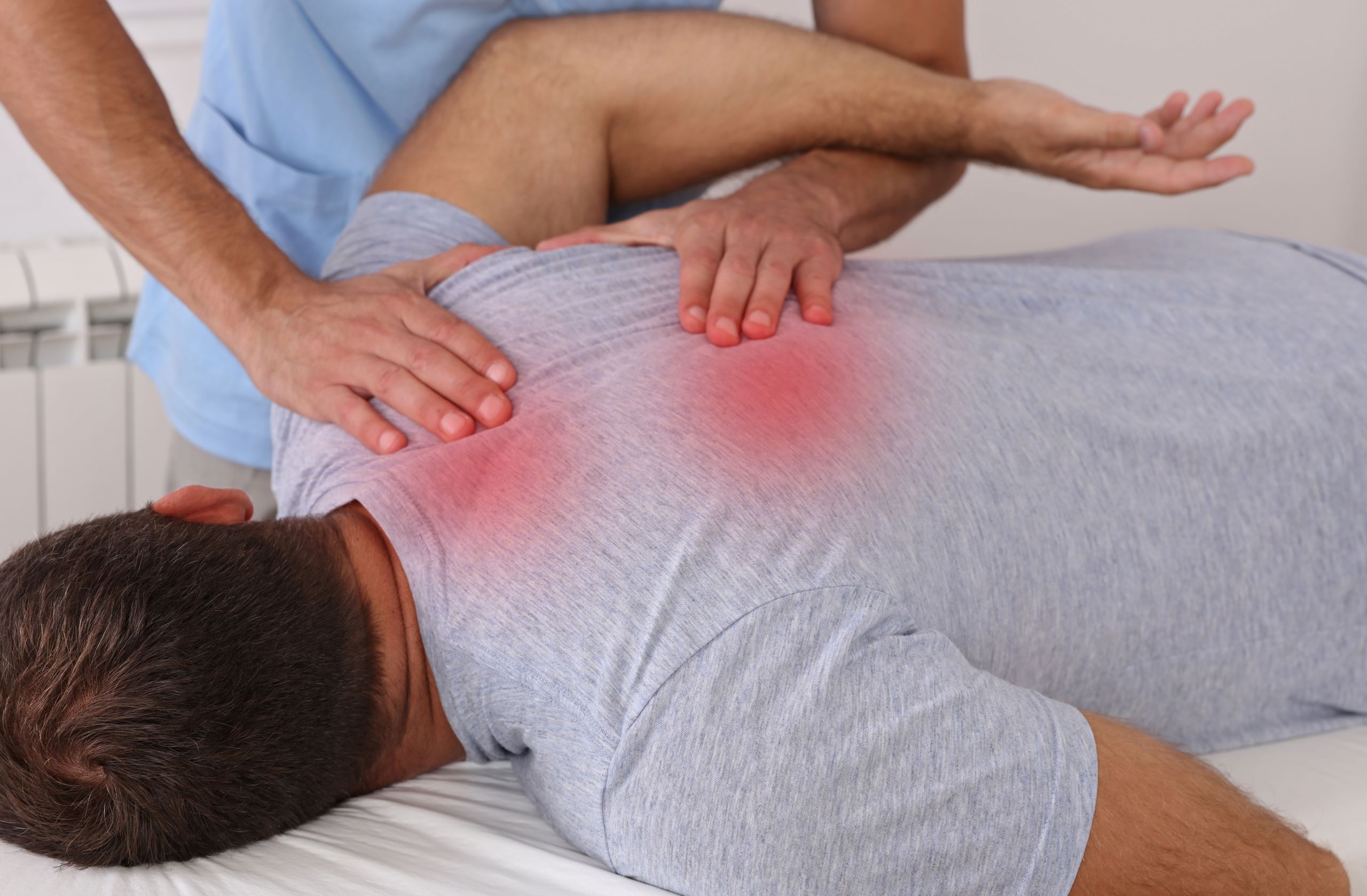Treating Trigger Points: A Chiropractic Approach
Trigger points, also known as muscle knots, are sensitive spots found in tight bands of muscle fibers that cause localized pain, stiffness, or discomfort. These painful spots are a common source of musculoskeletal pain, which can significantly affect an individual’s quality of life. Chiropractors are well-equipped to diagnose and treat trigger points, offering patients a non-invasive and effective method of pain relief.
Chiropractors begin the treatment process with a comprehensive assessment, which includes a detailed history, physical examination, and potentially diagnostic imaging. This helps to identify the location of the trigger points, as well as any underlying causes, such as poor posture, muscle imbalances, or biomechanical issues.
Manual trigger point therapy is one of the most common techniques used by chiropractors to treat muscle knots. This method involves applying direct, sustained pressure to the trigger point using the practitioner’s fingers, knuckles, or elbows. The pressure is gradually increased until the patient feels a “release” of the knot, which can provide immediate pain relief and increased range of motion.
Another technique chiropractors use to treat trigger points is instrument-assisted soft tissue mobilization (IASTM). This method employs specialized tools, such as stainless steel or plastic instruments, to break down adhesions and scar tissue in the affected muscles. By applying controlled pressure with these tools, chiropractors can effectively alleviate pain and improve muscle function.
Dry needling is an additional technique that chiropractors may use to treat trigger points. During this procedure, a thin, sterile needle is inserted directly into the trigger point, which can cause the muscle to twitch and subsequently relax. This process helps to release tension and reduce pain. It is important to note that dry needling is distinct from acupuncture, as it targets specific trigger points rather than meridian lines.
Chiropractors may also recommend adjunctive therapies to complement trigger point treatments. These may include stretching exercises, strengthening exercises, and postural correction techniques. These therapies aim to address underlying causes of trigger points and prevent their recurrence.
Chiropractors offer a holistic approach to treating trigger points, which can provide significant pain relief and improved function for patients. By using a combination of manual trigger point therapy, IASTM, dry needling, and adjunctive therapies, chiropractors can address both the symptoms and root causes of trigger points. This non-invasive and effective treatment approach offers an alternative for individuals suffering from musculoskeletal pain due to muscle knots.
